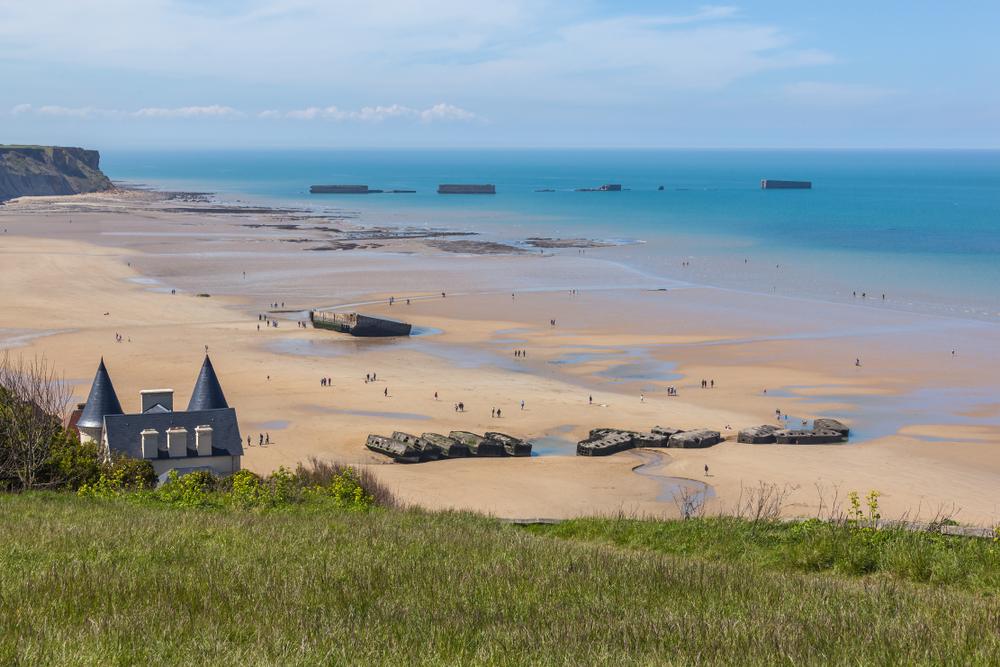Today, it’s a sleepy town not far from the sea, but in the wee, pre-dawn hours of the morning on June 6, 1944, Sainte-Mère-Eglise was wide awake. Fires and the repeating gunshots from automatic weapons lit up the skies. Allied paratroopers dropped from above, many paying a heavy price, descending into this burning hell to secure the primary road connecting the nearby landing beaches with the rest of France.
Famously, one soldier, John Steele, became suspended, hanging from the big, stone church in the heart of town, his parachute wrapped around the spire, as the bells rang out—an event depicted dramatically in the film, “The Longest Day.”





